Apple is researching how to make the Apple Vision Pro see if users are sitting properly, and moreover to not blame the headset if wearing it puts a strain on their neck muscles.
Despite pre-launch concerns, Apple Vision Pro is not heavy when compared to other headsets. It really weighs in around the middle of the pack of what's available, but Apple Vision Pro is aiming to get users who are new to headsets and they won't have anything to compare it to.
So it's certain that Apple has worked on the weight of the headset, plus it's possible that it's a sore point with them. Which may explain a newly-revealed patent application named "Method And Device For Tiered Posture Awareness."
If you misread that middle word as "tired," you're not off the mark. The idea is that the Apple Vision Pro can watch for when your muscles in your neck get sore.
But it's really about how Apple Vision Pro can measure neck muscle strain, without having any neck muscle sensors. The whole headset goes around the head at about eye level, so there is physically nothing that could house a neck sensor
"The method includes... obtaining head pose information for a user associated with the computing system;" says the patent, "[and] determining an accumulated strain value for the user based on the head pose information."
It's all about monitoring over time, so headset can recognize "that the accumulated strain value for the user exceeds a first posture awareness threshold."
As ever with patents, the real focus is on how to make this determination, rather than necessarily what to then do about it. But the patent application does include some suggestions.
It could alter the "virtual content based on a height value associated with the user," perhaps allowing the wearer to adopt a more relaxed sitting position.
Or rather, it could do that for what Apple regards as the first tier. For the second, it might give the user a warning.
If the "current accumulated strain value 634B... exceeds the second posture awareness threshold, [Apple Vision Pro] presents a second peripheral lighting or glow effect."
"For example," it continues, "the thickness or brightness of the second peripheral lighting or glow effect is greater than the first... because the accumulated strain value [is higher]."
This patent application is credited to 12 inventors, including Thomas G. Salter. His previous work for Apple includes a patent application that would see music and video automatically stop if you are not paying attention.
 William Gallagher
William Gallagher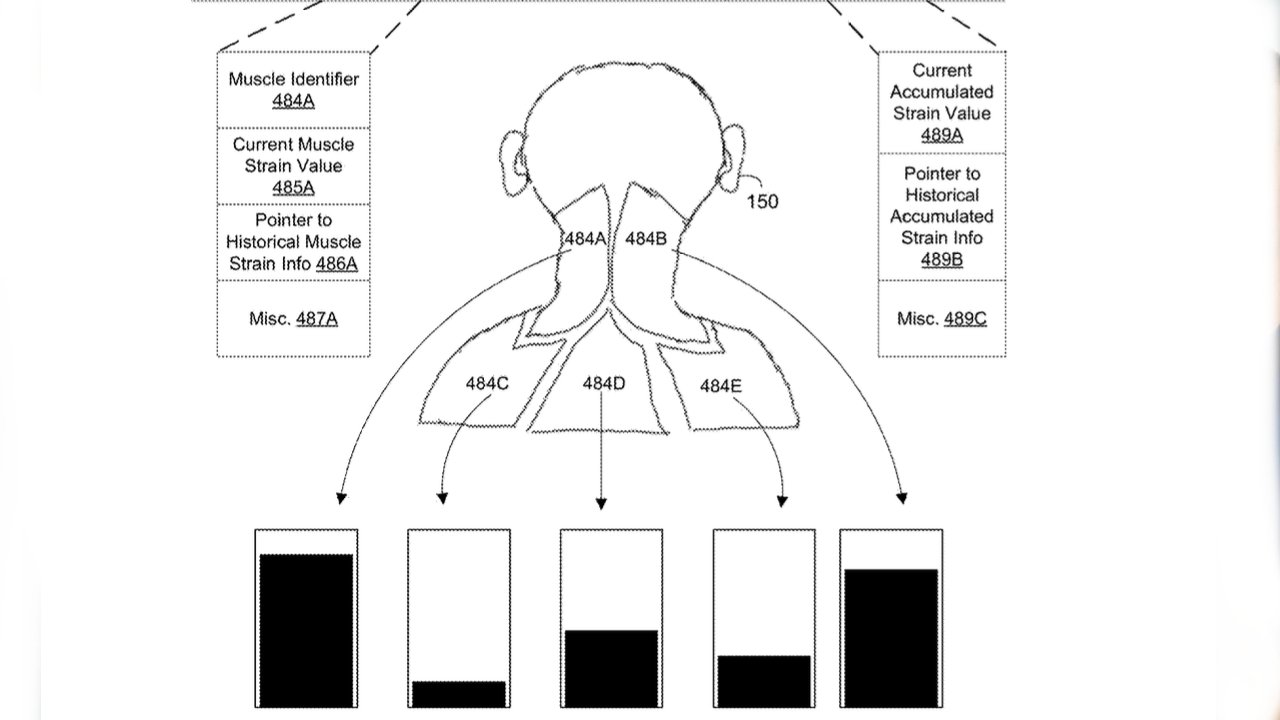
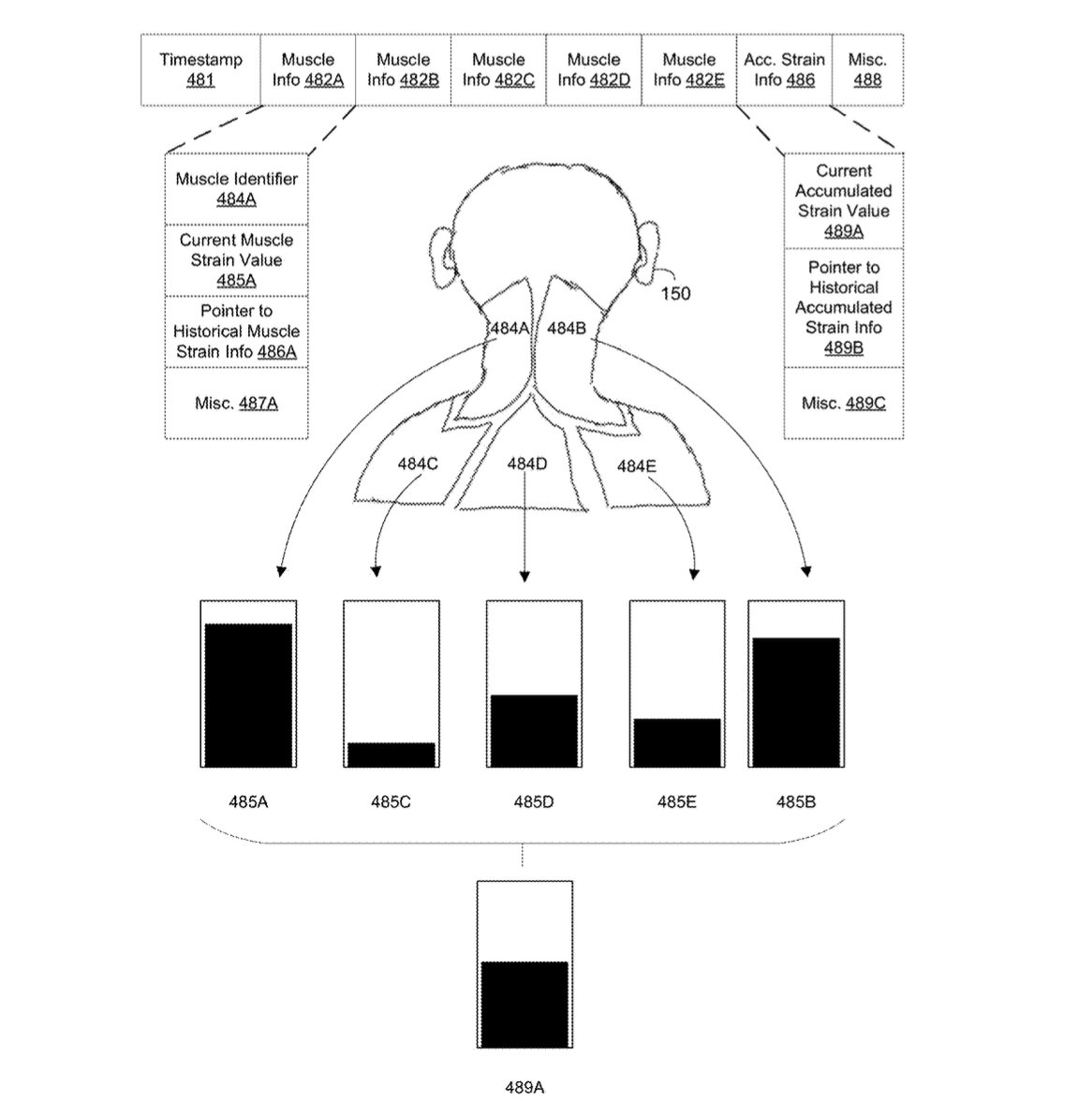

-m.jpg)





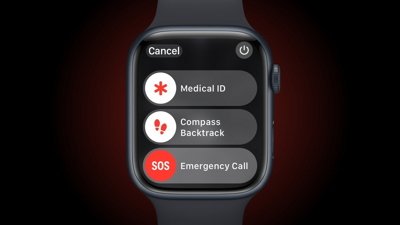
 Marko Zivkovic
Marko Zivkovic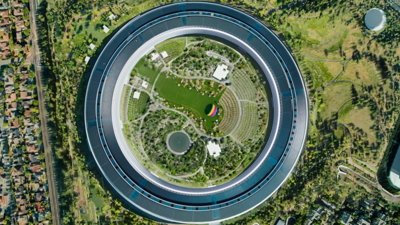
 Wesley Hilliard
Wesley Hilliard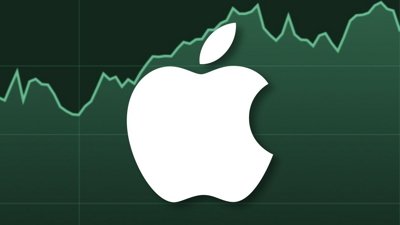
 Malcolm Owen
Malcolm Owen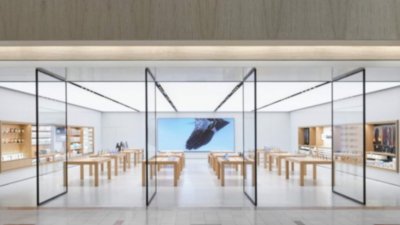
 Andrew Orr
Andrew Orr
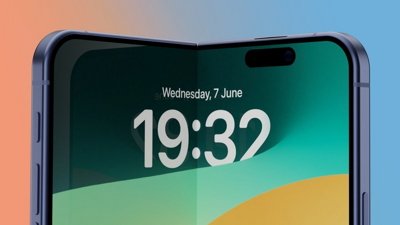
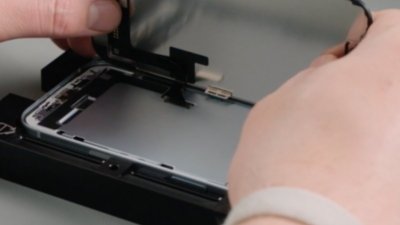
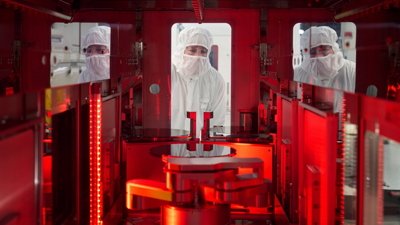
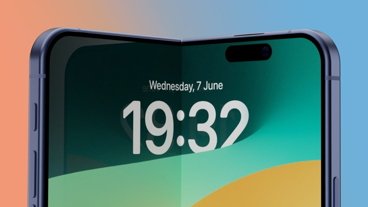
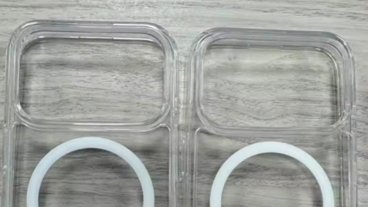
-m.jpg)






2 Comments
That is a great feature. Neck fatigue will eventually happen if left too long and having Apple Vision Pro alert me to the coming fatigue is great way to be more aware.
I would be more focused on the strain on the user's pocketbook. In our household we own two iPhones, a MacBook Air and if we were to purchase a VP we would be at the $10K level. That's a lot of $$ to pay to own gear that is non-life-essential but is part of the modern tech household.
I may hold off on the 2nd generation VP (2026): lighter to wear and on the pocketbook, integrated battery pack and with 3-4 killer apps that prove as tech essential as owning an MBA and two iPhones.
We have done without foldable phones which are slowly dying on the vine and other tech gimmicks which have faded with time.
If the VP survives to 2026 and the new version proves to be compelling technology - read useful - than at $2K we are interested.